Do you want to learn how to successfully invest and take charge of your financial future? Look nowhere else! Every ambitious investor should study one of the top 50 investing books on our list of comprehensive resources. These books will provide you the information and wisdom to navigate the difficult world of investing, whether you’re a beginner hoping to master the fundamentals or an experienced investor seeking new perspectives.
These publications, which vary from venerable classics to contemporary masterpieces, cover a wide range of investment methods, philosophies, and market views. Explore behavioral finance to understand the psychology underlying financial decisions, learn the classic investing advice of luminaries like Warren Buffett and Benjamin Graham, and discover novel ways that defy accepted knowledge.
You can find books on important subjects like value investing, portfolio management, asset allocation, risk management, and more in our carefully chosen selection. Each book provides distinct viewpoints, useful suggestions, and insightful lessons that can assist you in making wise investing choices and accumulating wealth over the long run.
These book covers all the bases, whether you’re interested in stocks, bonds, real estate, or alternative investments. As you read through the pages of these famous books and arm yourself with the knowledge necessary to succeed financially, get ready to embark on a life-changing journey.
1. “The Intelligent Investor” by Benjamin Graham
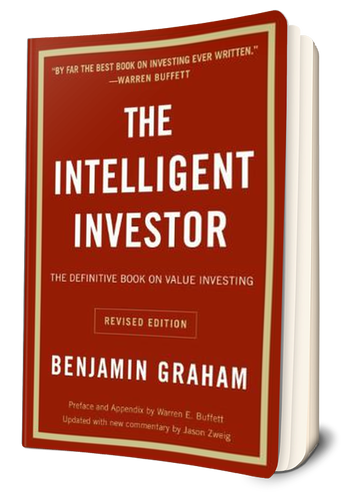
Benjamin Graham’s “The Intelligent Investor” is regarded as the holy book of value investing and offers investors sage advice. Graham’s strategy places a strong emphasis on the value of in-depth analysis, risk management, and long-term planning. In order to reduce the danger of capital loss, he emphasizes the idea of “margin of safety,” which recommends investors to purchase securities when they are priced far below their true value. The book teaches readers the fundamentals of wise investing and instills in them the virtues of self-control, patience, and a long-term outlook for their investments. “The stock market is full of people who know the price of everything but the value of nothing“, according to a well-known quote from the book.
2. Common Stocks and Uncommon Profits” by Philip Fisher
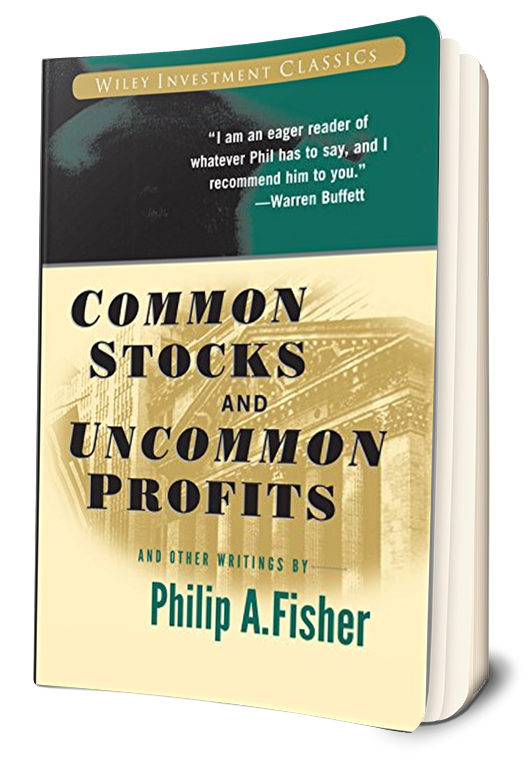
The famous investment book “Common Stocks and Uncommon Profits” by Philip Fisher offers insightful advice on stock selection and long-term investing. Fisher emphasizes the value of thorough study, comprehending a company’s competitive advantages, and making long-term investments. He focuses on the qualitative elements of investing, such as the caliber of the management, the innovation of the products, and the market position. The book provides useful guidance on how to spot exceptional businesses with future potential. “The stock market is full of people who know the price of everything but the value of nothing“, according to a significant quote from the book. This quotation serves as a reminder to investors that a company’s fundamental value is more important than temporary swings in its stock price.
3. A Random Walk Down Wall Street” by Burton Malkiel

Burton Malkiel’s breakthrough book on investing, “A Random Walk Down Wall Street,” questions conventional wisdom about company selection and market timing. Malkiel emphasises the effectiveness of the stock market and the challenge of continually surpassing it in his defence of a passive, long-term investment approach. He presents the idea of the “random walk,” which contends that stock prices exhibit random and erratic behaviour, making it challenging to continuously outperform the market through active trading. Broad diversification, inexpensive index funds, and a methodical approach to investing are all stressed by Malkiel. The book offers a strong framework for investors looking for a reasoned and fact-based strategy for accumulating money in the stock market.
4. Security Analysis” by Benjamin Graham and David Dodd
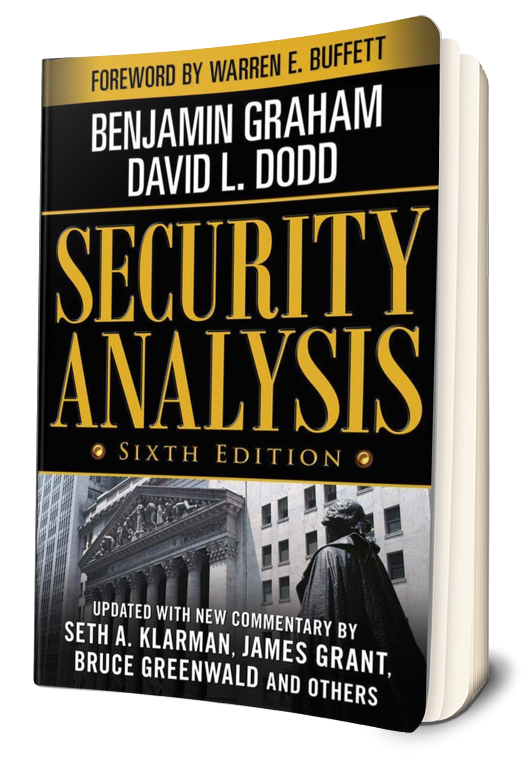
One of the most prominent books on value investing is “Security Analysis” by Benjamin Graham and David Dodd. With a focus on basic research and the idea of intrinsic value, it serves as a thorough manual for evaluating stocks and bonds. Graham and Dodd offer thorough explanations of a number of valuation methods, such as asset value, financial statement analysis, and earnings power. When making investing selections, the book stresses the value of extensive research, risk assessment, and margin of safety. It establishes the groundwork for a methodical and conservative approach to investing, emphasising the need of long-term planning and capital preservation. For investors looking to build a strong understanding of fundamental research and wise investment techniques, “Security Analysis” is still a valuable reference.
5. “The Little Book of Common Sense Investing” by John C. Bogle
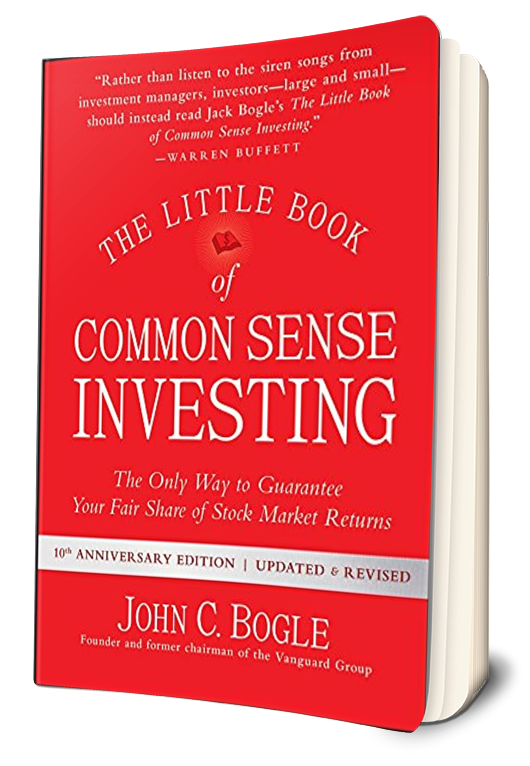
John C. Bogle’s groundbreaking book “The Little Book of Common Sense Investing” revolutionized the investing industry. Vanguard Group founder Bogle promotes index fund investing as being straightforward and efficient. He contends that rather than trying to outperform the market through active stock selection, most investors would be better off adopting a passive strategy and investing in low-cost, broad-market index funds that track the entire market. Bogle places a strong emphasis on the value of diversity, low costs, and long-term investing. The book makes a strong case for index fund investing’s advantages and acts as a manual for those wishing to put together a reliable, affordable, and effective investment portfolio.
6. “The Essays of Warren Buffett” by Warren Buffett and Lawrence A. Cunningham
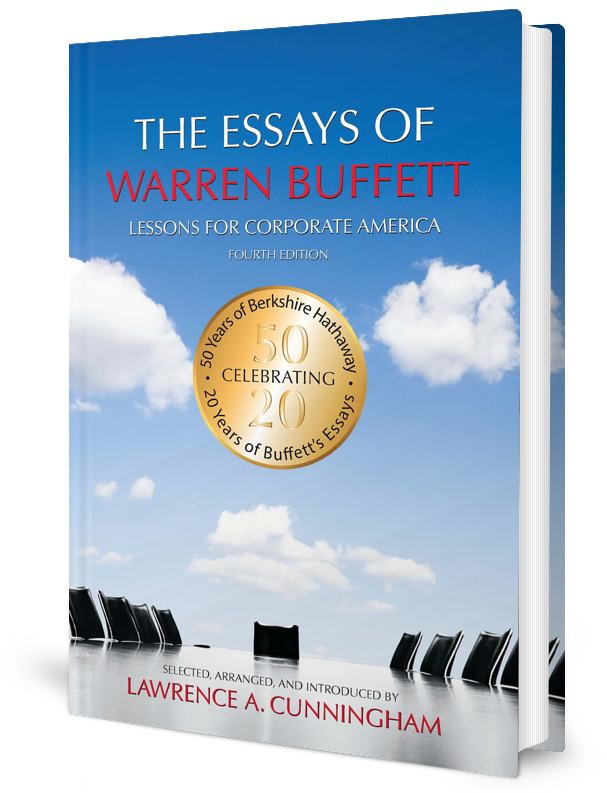
The collection of letters and essays titled “The Essays of Warren Buffett” was compiled by one of the most successful investors of our time, Warren Buffett, and Lawrence A. Cunningham. The book provides priceless insights into Buffett’s investment philosophy, corporate ethics, and general wealth-creation strategy. Buffett imparts his knowledge on a variety of subjects, including as value investing, corporate governance, risk management, and the significance of long-term thinking, through his open and funny writing style. For investors, business professionals, and anyone else interested in benefiting from the Oracle of Omaha’s experiences and viewpoints, the book is a complete resource. It offers a rare chance to peek into the mind of a renowned investor and learn insightful lessons for reaching financial success.
7. “The Warren Buffett Way” by Robert G. Hagstrom
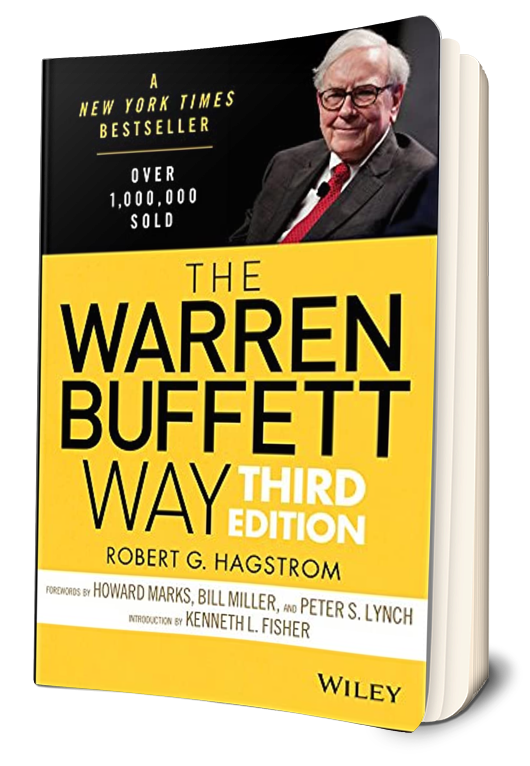
The ultimate manual for comprehending Warren Buffett’s financial beliefs and tactics is “The Warren Buffett Way” by Robert G. Hagstrom. Buffett is one of history’s most successful investors. The book takes readers on a journey through Buffett’s life while describing his approach to investing, how he makes decisions, and the fundamental ideas that have driven his extraordinary success. Hagstrom explores Buffett’s value investing strategy, his emphasis on intrinsic value, and the necessity of patience and discipline in the world of investing. The book provides insightful analyses of Buffett’s approaches to researching companies, choosing stocks, and maintaining a portfolio. It is an invaluable tool for both new and seasoned investors who want to absorb the knowledge and tactics of this illustrious investor.
8. “One Up On Wall Street” by Peter Lynch
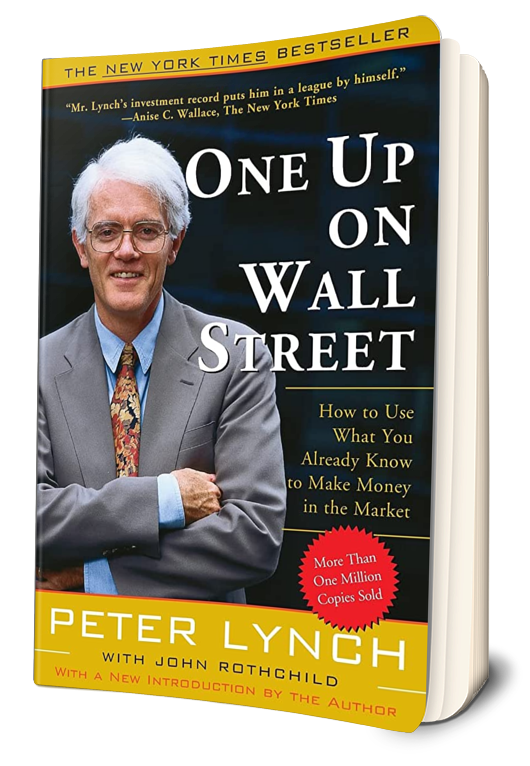
The famous financial book “One Up On Wall Street” by Peter Lynch presents a distinctive viewpoint on effective stock selection. Legendary fund manager Lynch discusses his personal encounters and learnings from his time working for Fidelity’s Magellan Fund. He advises individual investors to use their day-to-day observations and experiences to find investment possibilities. Lynch stresses the significance of doing extensive study, comprehending the businesses underlying the stocks, and investing in what you are familiar with. He offers helpful guidance on how to identify prospective businesses, assess their growth prospects, and make wise investment choices. For aspiring investors looking to get a competitive edge in the stock market, Lynch’s book is a must-read due to its captivating storytelling style and practical approach.
9. “Margin of Safety” by Seth A. Klarman
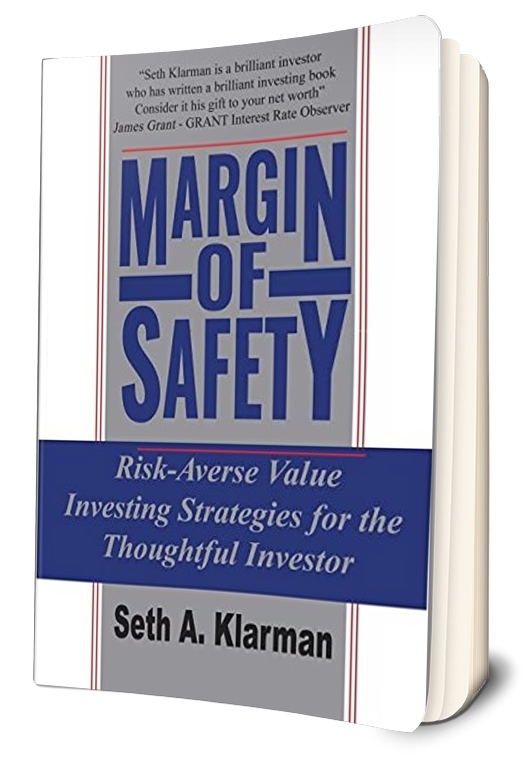
The highly rated financial book “Margin of Safety” by Seth A. Klarman has developed a cult following among value investors. It is still in high demand due to its priceless insights even though it is hard to find and out of print. The margin of safety in investing is a topic that is explored by prominent hedge fund manager and investor Klarman. Through careful study and the acquisition of assets at a large discount from their real worth, he emphasises the significance of protecting capital and reducing downside risk. The book delves deeply into Klarman’s approach to investing while offering helpful guidance on risk management, portfolio management, and the psychological aspects of investing. “Margin of Safety” is a thorough manual for value investors, emphasizing the value of endurance, self-control, and independent judgement.
10. “The Dhandho Investor” by Mohnish Pabrai
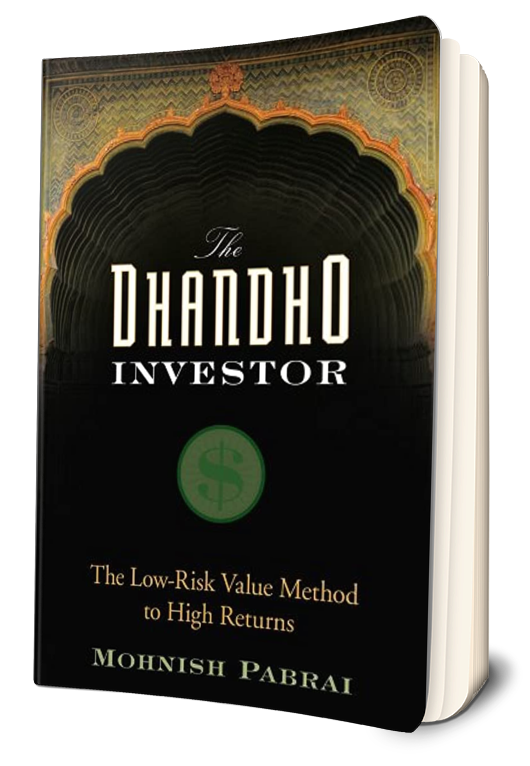
The captivating investment book “The Dhandho Investor” by Mohnish Pabrai is based on the value investing tenets and the distinctive strategy of Indian-American businesspeople known as “dhandho.” The idea of concentrating on asymmetric chances with favorable risk-reward profiles is explored by Pabrai. He stresses the need of making investments in companies with stable cash flows, long-lasting competitive advantages, and competitive values. The book offers useful advice on locating investing possibilities, managing a portfolio, and employing risk-reduction techniques. Both new and seasoned investors will find the book approachable because to Pabrai’s engaging writing style and practical examples. “The Dhandho Investor” provides readers with a novel viewpoint on value investing and encourages them to pursue wealth development over the long term with patience.
11. “Value Investing: From Graham to Buffett and Beyond” by Bruce C.N. Greenwald
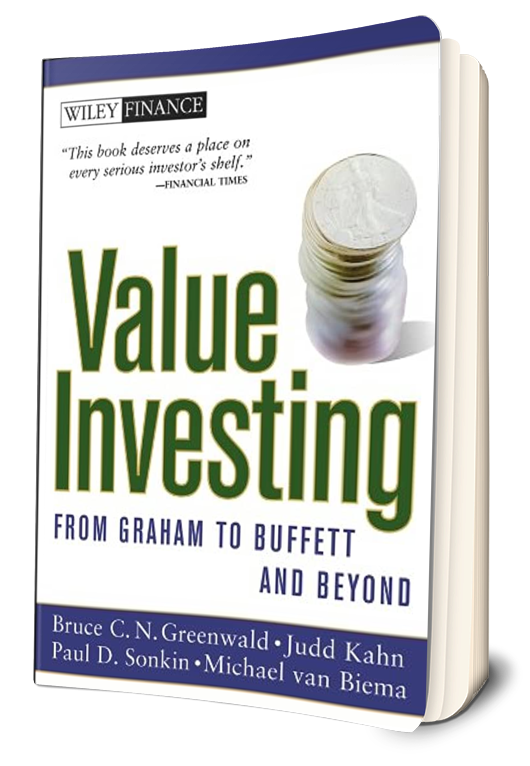
Bruce C.N. Greenwald’s book “Value Investing: From Graham to Buffett and Beyond” is an in-depth investigation of value investing that traces its origins from Benjamin Graham, the originator of value investing, to renowned investor Warren Buffett and beyond. Greenwald delves deeply into the fundamental ideas and tactics of value investing, highlighting the significance of determining a company’s intrinsic value and buying stocks below that value. The book discusses issues such portfolio management strategies, competitive advantage analysis, and financial statement analysis. It gives readers a strong foundation in value investing and offers real-world examples and case studies to show how the concepts are used. For investors wishing to comprehend and put the time-tested value investing ideas into practice, “Value Investing” is a must-read.
12. “The Four Pillars of Investing” by William J. Bernstein
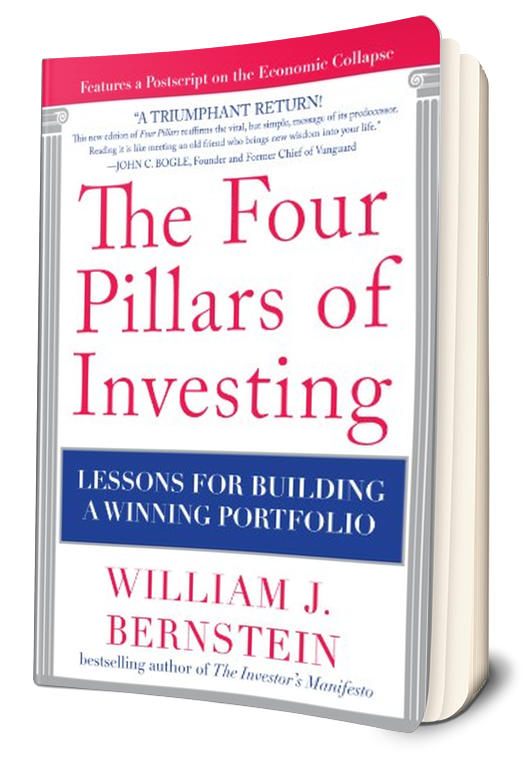
William J. Bernstein’s well-known financial book “The Four Pillars of Investing” provides a thorough foundation for successful long-term investing. The four fundamental pillars of investment are theory, history, psychology, and business, according to Bernstein. He explores the foundations of risk management, asset allocation, and the significance of diversification. Bernstein gives readers a firm grasp of the ideas that underpin investment results by drawing on historical data and observations from numerous market cycles. In addition, he examines psychological biases that can influence investor decision-making and provides solutions. “The Four Pillars of Investing” is a helpful manual for investors looking to lay a solid foundation and attain financial success, with a focus on simplicity and evidence-based investing.
13. “The Little Book That Beats the Market” by Joel Greenblatt

In his accessible and small investing book “The Little Book That Beats the Market,” Joel Greenblatt exposes readers to the “Magic Formula,” a straightforward yet successful investment technique. The main tenets of Greenblatt’s investment strategy, which focuses on businesses with high earnings yield and a high return on capital, are broken down. He provides step-by-step directions on how to apply the Magic Formula and explains the logic behind it. The value of a long-term outlook and methodical investing is emphasised in the book. For individual investors aiming to beat the market, Greenblatt’s strategy presents a compelling alternative to common knowledge. “The Little Book That Beats the Market” is a helpful manual for people looking for a methodical and uncomplicated approach to stock picking.
14. “Thinking, Fast and Slow” by Daniel Kahneman
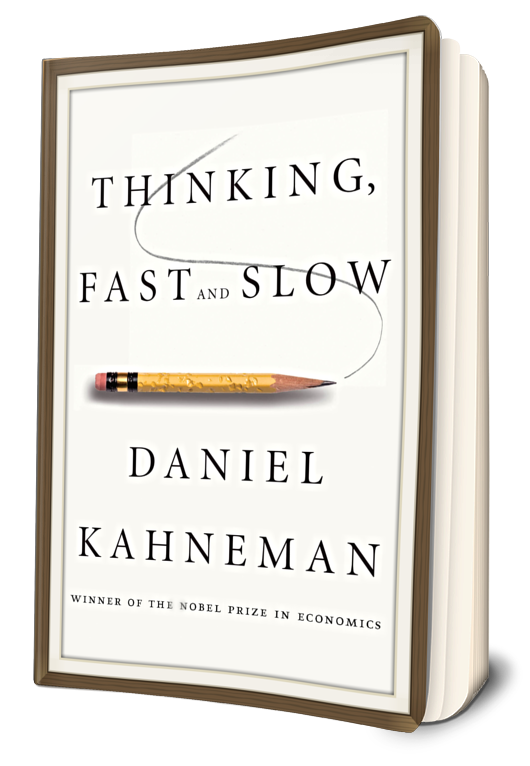
Daniel Kahneman’s seminal study “Thinking, Fast and Slow” explores the two cognitive systems that underpin human decision-making. The economist Nobel Prize winner Kahneman discusses his extensive research on the psychology of judgement and decision-making. He describes the differences between System 1, which responds immediately and intuitively, and System 2, which takes more time and thought before acting. The book explores the heuristics and biases that affect our reasoning, demonstrating how fallible and irrational our minds can be. Kahneman questions the idea that people are rational beings and provides advice on how to improve our decision-making in a variety of contexts, including daily life, business, and finance. The book “Thinking, Fast and Slow” challenges readers to evaluate their own thinking and is an insightful read.
15. “The Outsiders” by William N. Thorndike
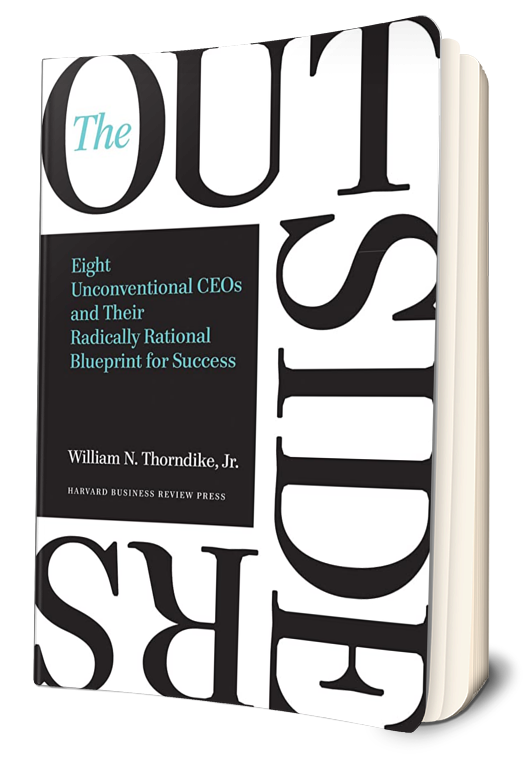
William N. Thorndike’s “The Outsiders” is a fascinating and outlandish examination of eight successful CEOs who were viewed as outsiders in their own businesses. Thorndike looks at the distinctive capital allocation and management tactics used by these great CEOs. The book emphasizes the value of making thoughtful decisions, planning for the future, and putting the interests of shareholders first. Thorndike examines these extraordinary CEOs’ financial results and corporate governance practices in order to draw important conclusions that can be used in any type of business or investment venture. The movie “The Outsiders” questions received wisdom and offers novel perspectives on what really motivates extraordinary business achievement. Investors, business executives, and anybody else interested in learning the fundamentals that distinguish exceptional CEOs apart from the competition should read it immediately.
16. “The Alchemy of Finance” by George Soros
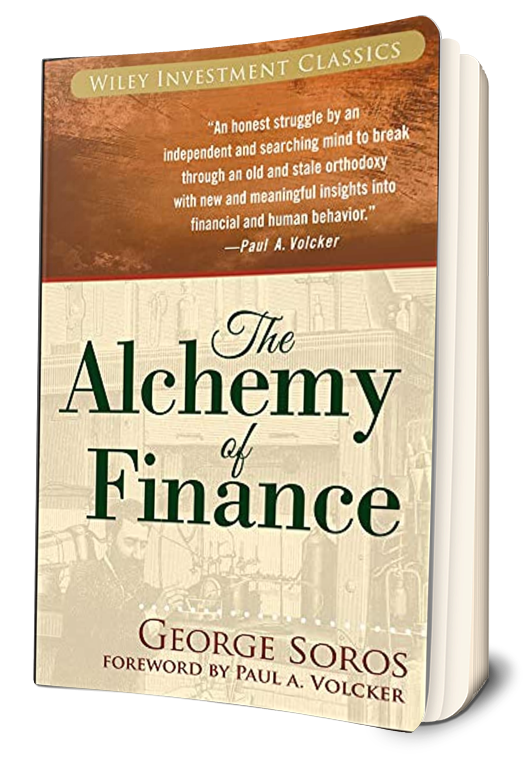
The popular and thought-provoking book “The Alchemy of Finance” by George Soros provides a comprehensive look inside the thoughts and business methods of one of the most successful investors and philanthropists in the world. Soros examines the idea of reflexivity, which, in his view, is crucial in determining how financial markets develop. He offers readers a special viewpoint on comprehending and forecasting market trends by sharing his expertise and ideas gathered from years of active participation in the international financial markets. For individuals interested in the nexus of money, economics, and psychology, the book combines Soros’ personal experiences, economic ideas, and useful investment strategies. The book “The Alchemy of Finance” asks readers to reconsider how they think about and approach comprehending and navigating the complex world of investing.
17. Common Sense on Mutual Funds” by John C. Bogle
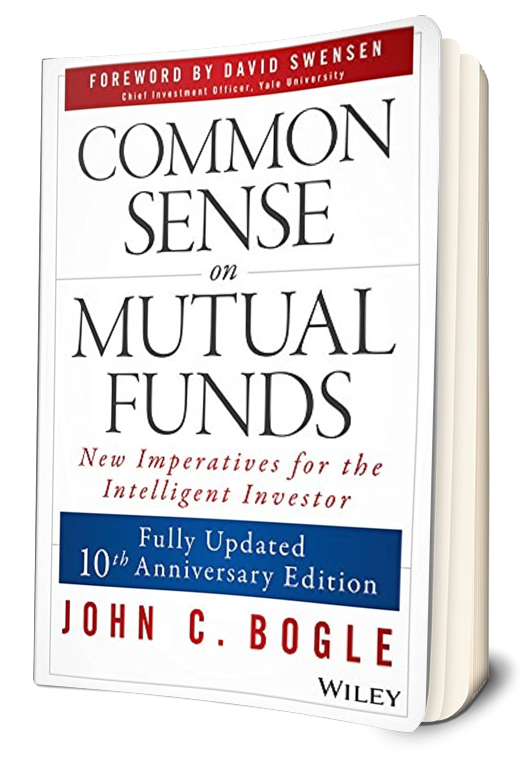
John C. Bogle’s foundational book “Common Sense on Mutual Funds” revolutionized the mutual fund business and changed the way investors think about investing in mutual funds. Based on his decades of expertise, Bogle, the creator of Vanguard Group and a forerunner of index investing, offers a thorough guide to mutual fund investment. The importance of low-cost, passively managed index funds as the cornerstone of creating an effective investment portfolio is emphasized throughout the book. Bogle examines a range of mutual fund topics, including as charges, performance, taxes, and portfolio design. He promotes diversity, long-term investing, and the value of compounding profits. “Common Sense on Mutual Funds” is a timeless resource for investors looking to reach their financial objectives and make wise judgements.
18. “You Can Be a Stock Market Genius” by Joel Greenblatt
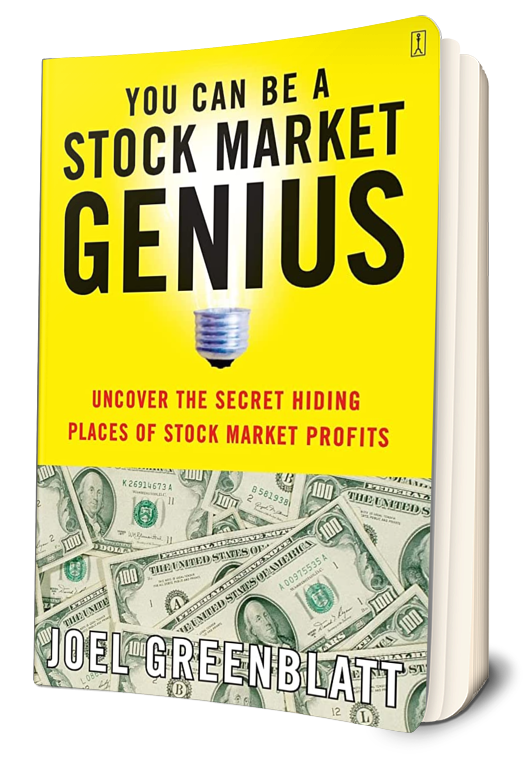
Joel Greenblatt’s book “You Can Be a Stock Market Genius” is engrossing and intelligent, exposing underutilised stock market opportunities and investment techniques. Successful investor and founder of Gotham Capital Greenblatt explains how he uses non-traditional methods to uncover profitable investment ideas outside of the usual channels. The book discusses a variety of investment strategies, such as risk arbitrage, spin-offs, unique situations, and restructurings. Greenblatt demystifies difficult ideas and offers helpful advice on how individual investors might profit from these undiscovered treasures. He stresses the value of in-depth investigation, a contrarian approach, and a long-term outlook. The book “You Can Be a Stock Market Genius” opens readers’ eyes to new ways of thinking and helps them identify unusual investing possibilities with the potential to yield remarkable results.
19. “The Interpretation of Financial Statements” by Benjamin Graham
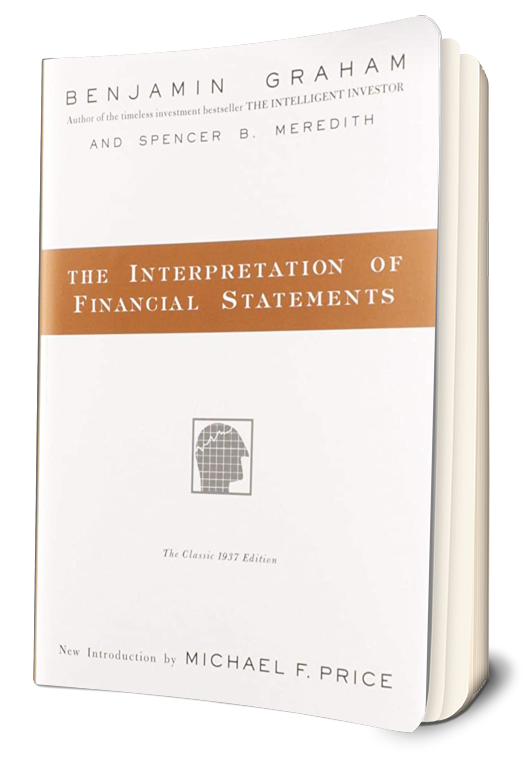
Benjamin Graham’s timeless classic “The Interpretation of Financial Statements” provides insightful information on how to analyse and evaluate financial statements. Graham, widely considered as the father of value investing, offers readers a useful manual for comprehending and assessing the financial performance and health of companies. The book provides readers with the tools to evaluate a company’s profitability, liquidity, solvency, and overall financial stability through the discussion of important financial ratios, income statements, balance sheets, and cash flow statements. This book is a must-read for investors who want to make wise selections based on a thorough comprehension of financial statements because of Graham’s emphasis on basic research and the significance of a conservative investment approach.
20. “The Most Important Thing” by Howard Marks
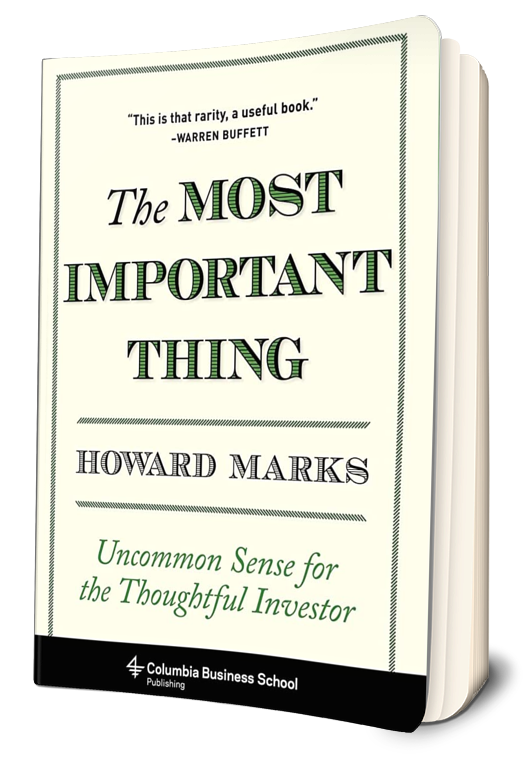
“The Most Important Thing” by Howard Marks is a highly regarded investment book that distills the wisdom of one of the most respected investors in the industry. Marks, co-founder of Oaktree Capital Management, explores the fundamental principles and key concepts that drive successful investing. He emphasizes the importance of risk management, contrarian thinking, and understanding market cycles. Through insightful anecdotes and practical examples, Marks highlights the value of patience, discipline, and a deep understanding of market psychology. “The Most Important Thing” offers valuable insights into navigating the uncertainties of the financial markets and making sound investment decisions. It serves as a comprehensive guide for investors seeking to develop a robust investment framework and improve their overall investment performance.
21. “Fooled by Randomness” by Nassim Nicholas Taleb

Nassim Nicholas Taleb’s book “Fooled by Randomness” explores how chance, unpredictability, and probability play a part in our lives, particularly in the financial markets. Taleb questions the common understanding that success is entirely a function of talent and knowledge, contending that randomness has a larger impact than we typically recognize. He explores the idea of “survival bias” and “pattern illusion,” emphasizing the dangers of overestimating our capacities and underestimating the influence of chance. Taleb pushes readers to rethink their presumptions and adopt a more humble and cautious approach to decision-making through engrossing anecdotes and astute observations. The book “Fooled by Randomness” presents a distinctive viewpoint on life’s irrationality and the significance of accepting uncertainty in both our personal and professional lives.
22. “Mastering the Market Cycle” by Howard Marks
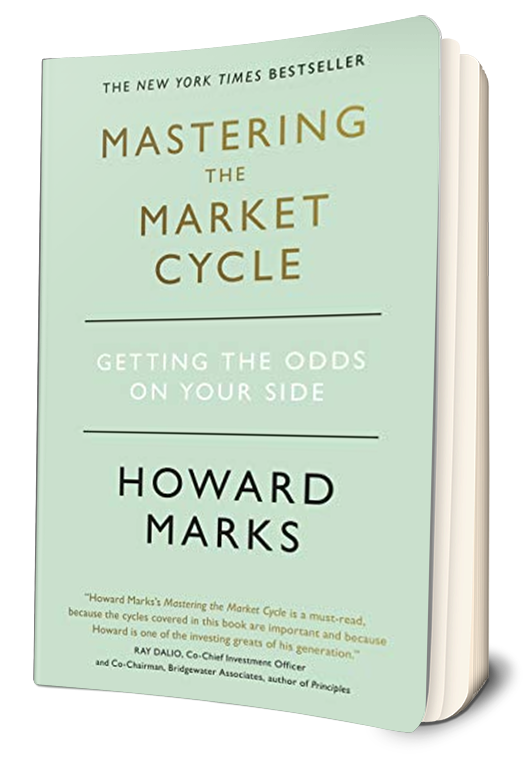
“Mastering the Market Cycle” by Howard Marks is a comprehensive guide that explores the cyclical nature of financial markets and provides insights into understanding and navigating market cycles effectively. Marks, a renowned investor and co-founder of Oaktree Capital Management, draws on his extensive experience to shed light on the recurring patterns and behavioral dynamics that drive market fluctuations. The book emphasizes the importance of recognizing market cycles, managing risk, and maintaining a disciplined investment approach. Marks shares practical strategies for identifying market trends, assessing risk levels, and positioning portfolios accordingly. “Mastering the Market Cycle” equips investors with valuable tools to enhance their understanding of market dynamics and make more informed investment decisions. It is a must-read for anyone seeking to navigate the complexities of market cycles and improve their overall investment performance.
23. “The Art of Value Investing” by John Heins and Whitney Tilson
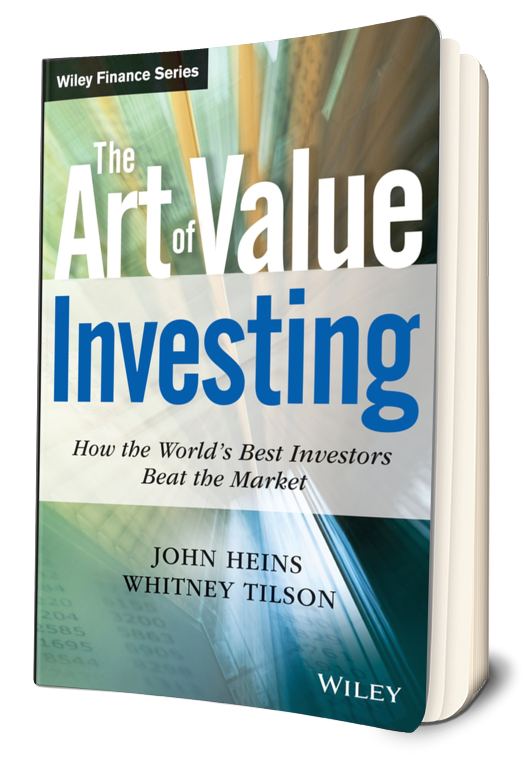
The instructive book “The Art of Value Investing” by John Heins and Whitney Tilson explores the ideas and tactics of successful value investment. Value Investor Insight’s co-founders, Heins and Tilson, assemble advice and lessons from some of the most seasoned value investors in the business. The book examines a number of value investing topics, such as locating inexpensive stocks, evaluating company strength, conducting in-depth research, and risk management. The writers give readers a guide to improving as value investors through interesting case studies and real-world experiences. For investors wishing to establish a disciplined investment strategy, find untapped potential in the markets, and succeed over the long term in their investment endeavors, “The Art of Value Investing” is an invaluable book.
24. “The Little Book of Value Investing” by Christopher H. Browne
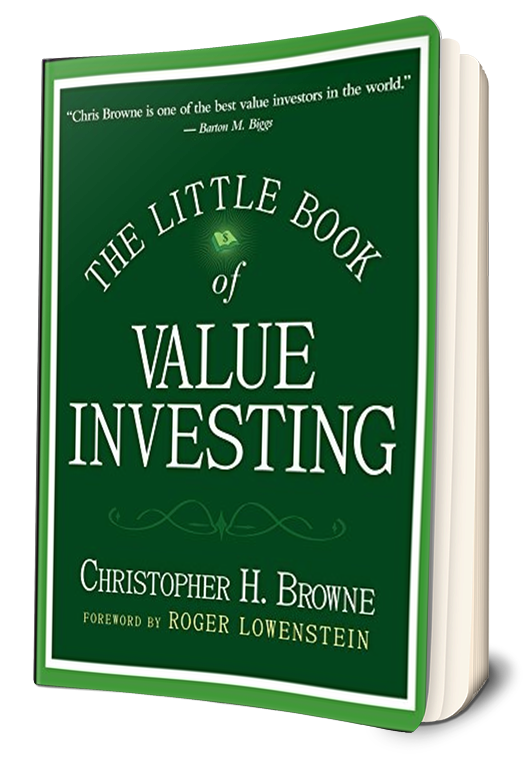
Christopher H. Browne’s “The Little Book of Value Investing” is a condensed and approachable manual that teaches readers to the core ideas of value investing. As managing director of Tweedy, Browne Company LLC and a well-known value investor, Browne offers advice on how to find inexpensive stocks and put together a winning value investing portfolio. The book discusses important subjects like comprehending intrinsic value, performing in-depth financial analysis, and exercising patience when investing. Browne focuses on the value of having a long-term outlook and offers helpful guidance for weathering market swings. “The Little Book of Value Investing” serves as a great beginning point for new investors interested in implementing a value-oriented investment strategy and offers helpful reminders for seasoned investors looking to strengthen their value investing.
25. “The Psychology of Money” by Morgan Housel

Morgan Housel’s fascinating examination of the nuanced connection between money and behavior in The Psychology of Money. Housel, a seasoned investor and financial writer, delves into the psychological factors that affect our financial decisions and determine the course of our finances. The book questions conventional ideas of wealth, success, and pleasure by using relevant examples from everyday life and interesting experiences. Housel stresses the significance of being aware of our own biases, controlling our emotions, and having a long-term perspective on money. He emphasizes the importance of patience, risk-taking, and good fortune in accumulating wealth and reaching financial security. The book “The Psychology of Money” is a stimulating and fascinating read that offers insightful information on the relationship between psychology and finance, enabling readers to make wiser financial decisions.
26. The Investment Answer by daniel c. goldie and gordon s. murray’s
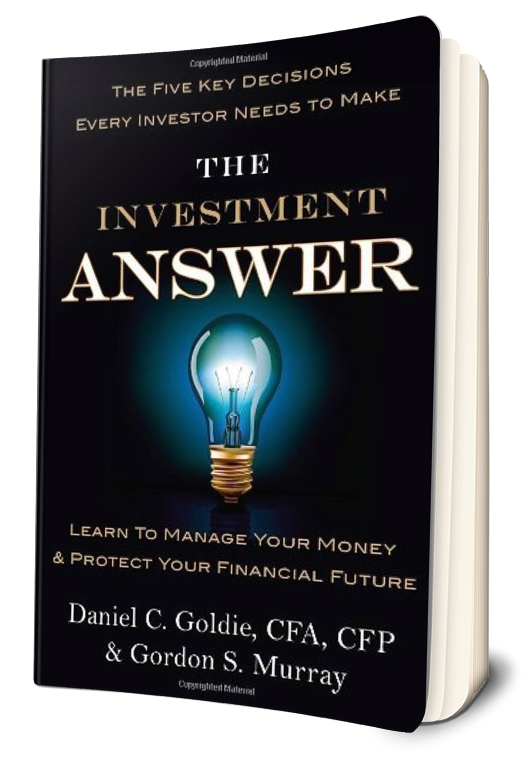
Daniel C. Goldie and Gordon S. Murray’s “The Investment Answer” is a succinct and useful manual that demystifies the world of investing and gives readers clear solutions to frequent investment queries. The authors, who are both seasoned financial counsellors, simplify complex investment ideas into advice that is both understandable and useful. Important subjects like asset allocation, diversification, risk management, and the effect of fees on investment returns are covered in the book. Goldie and Murray support a straightforward investment strategy built on a broad market exposure and inexpensive index funds. They place a strong emphasis on the value of disciplined investing over the long term and staying away from frequent financial mistakes. Both new and seasoned investors can benefit from “The Investment Answer” in their quest to make wise choices and reach their financial objectives.
27. “The Little Book of Behavioral Investing” by James Montier

James Montier’s “The Little Book of Behavioural Investing” examines the fascinating relationship between human behaviour and financial decision-making. The well-known behavioural economist Montier looks at the psychological inclinations and frequent biases that cause investors to make bad decisions. He exposes the dangers of emotional investing, irrational optimism, herd mentality, and other cognitive flaws that might prevent successful investment. Montier offers helpful advice on how to deal with these behavioural difficulties through fascinating case stories and research. He places a strong emphasis on the value of self-control, self-awareness, and a methodical approach to investment. For investors trying to comprehend and get rid of their own behavioural biases, enhance their investing decision-making process, and improve long-term investment outcomes, “The Little Book of Behavioural Investing” is an invaluable resource.
28. “The Innovators” by Walter Isaacson
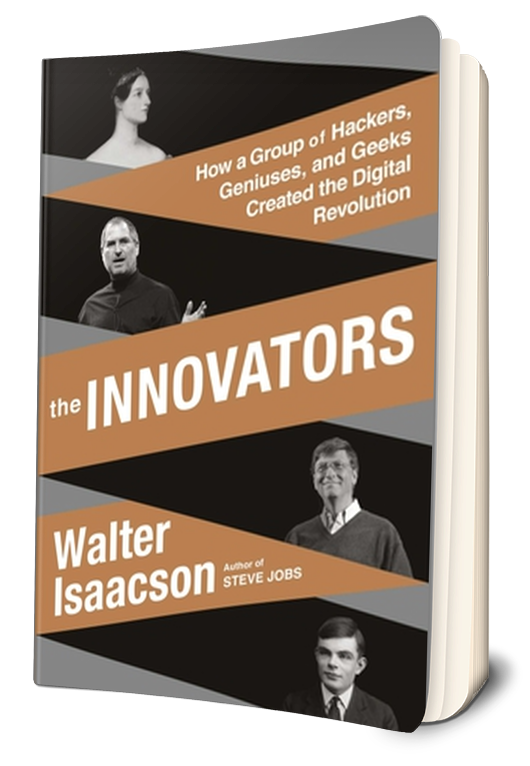
Walter Isaacson’s book “The Innovators” is a fascinating examination of the digital revolution and the creative brains who brought it about. The acclaimed biographer Isaacson recounts the development of invention from the early forerunners to the contemporary visionaries who have transformed the technological world. The book explores the lives of entrepreneurs, programmers, and inventors who have transformed entire industries and altered how we work and live. Isaacson underscores the collaborative aspect of creation and the marriage of creativity and technical expertise that propels development, citing Ada Lovelace, Alan Turing, Steve Jobs, and Bill Gates as examples. The captivating storyline of “The Innovators” not only highlights these exceptional people’s accomplishments but also illustrates the larger trends and ideas that have sparked invention throughout history.
29. “Reminiscences of a Stock Operator” by Edwin Lefèvre
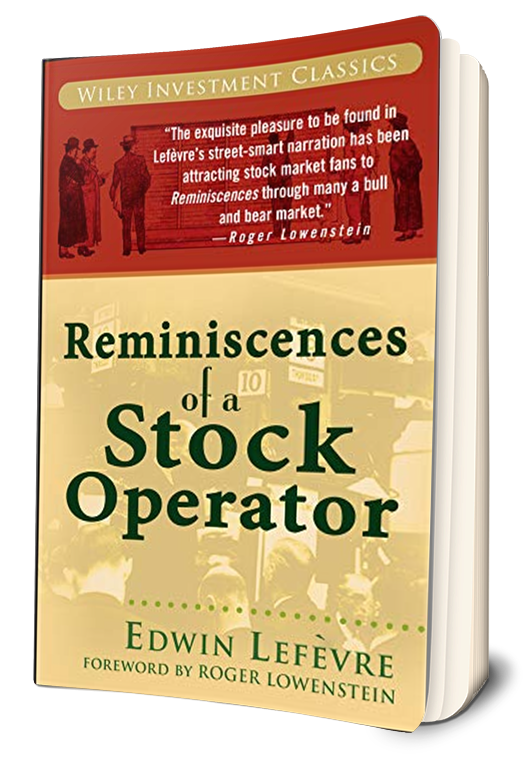
Edwin Lefèvre’s timeless classic “Reminiscences of a Stock Operator” transports readers on an engrossing trip through the lives and adventures of a fictional stock operator named Jesse Livermore. The book, which is written in the style of a memoir, offers insightful knowledge into the world of speculative trading and the psychology of investing. Lefèvre expertly captures the thrill, difficulties, and perils of trading in the early 20th century, giving readers a peek inside a successful speculator’s head. Investors of all stripes may relate to Livermore’s experiences and lessons learned, which emphasise the value of discipline, risk management, and a grasp of market psychology. For anyone interested in the psychology and art of trading and investing, “Reminiscences of a Stock Operator” is a must-read.
30. “The Little Book That Builds Wealth” by Pat Dorsey
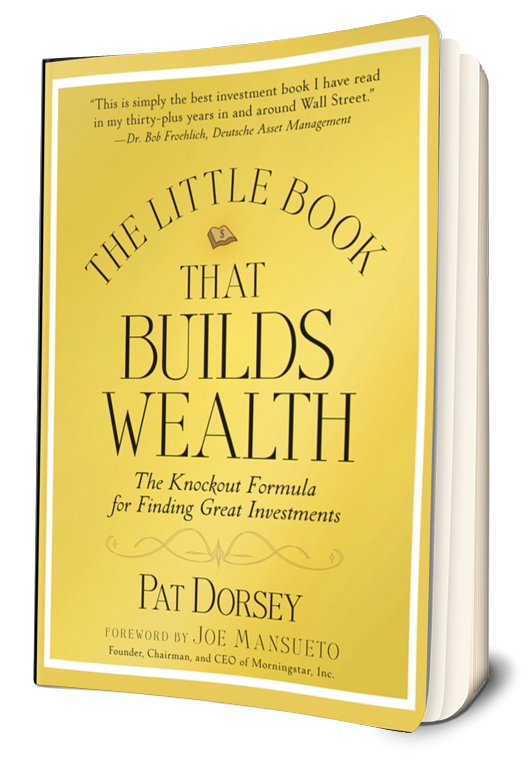
Pat Dorsey’s book “The Little Book That Builds Wealth” is a helpful manual that presents a practical framework for locating high-quality businesses and creating lasting wealth through wise investing. Respected investment expert Dorsey offers his advice on determining a company’s competitive edge, comprehending its financial health, and calculating its intrinsic worth. The book stresses the significance of concentrating on long-term business strategies, robust cash flows, and capable management groups. Readers of different levels of competence may understand difficult investment ideas thanks to Dorsey’s lucid explanations and practical examples. For investors wishing to create a disciplined investing strategy and assemble a portfolio of businesses with long-term growth potential, “The Little Book That Builds Wealth” is an invaluable reference.
31. “The Little Book of Big Dividends” by Charles B. Carlson
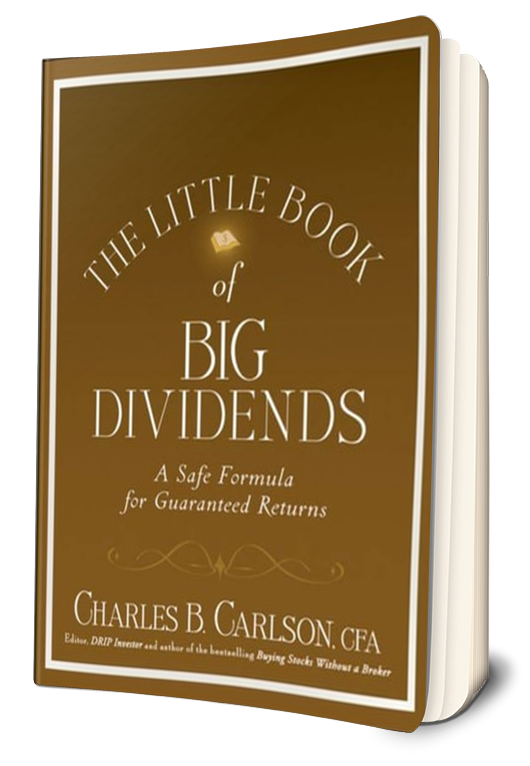
Charles B. Carlson’s book “The Little Book of Big Dividends” discusses the effectiveness of dividends as a method for creating steady income and accumulating wealth. Experienced investment advisor Carlson emphasises the advantages of investing in dividend-paying stocks and offers helpful advice on how to spot and assess such stocks. Important subjects including dividend yield, dividend growth, and dividend sustainability are covered in the book. Carlson also emphasises the value of risk management and diversification in dividend investing. The authors of “The Little Book of Big Dividends” provide readers with a detailed road map for creating a portfolio of income-producing equities and benefiting in the long run from compounding dividends.
32. “The Snowball: Warren Buffett and the Business of Life” by Alice Schroeder
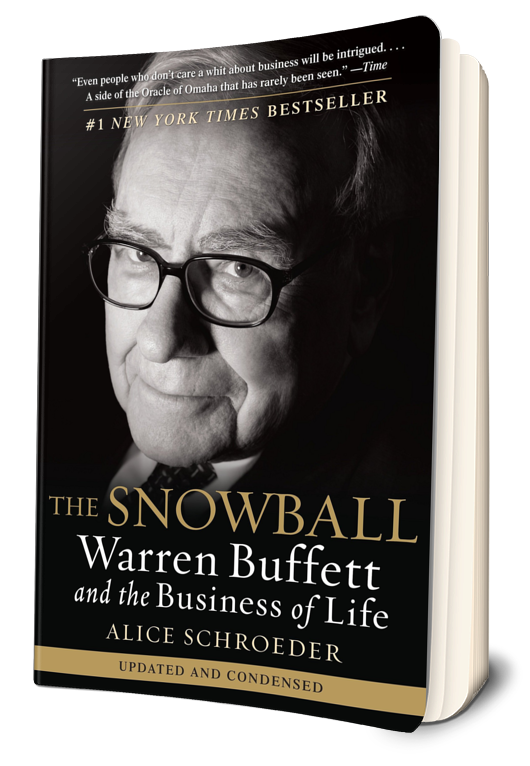
An intimate and thorough biography of the renowned investor Warren Buffett called “The Snowball: Warren Buffett and the Business of Life” by Alice Schroeder is available. Former Wall Street analyst Schroeder provides a detailed account of Buffett’s life, from his early days as a novice investor through his rise to one of the world’s richest people. The book provides readers with a thorough knowledge of Buffett’s investment philosophy, highlighting his long-term outlook, value-oriented outlook, and concentration on companies with significant competitive advantages. Schroeder examines Buffett’s personal life as well as his investment tactics, giving readers insightful knowledge into the traits and values that have contributed to his success. Investors and those interested in learning should read “The Snowball”.
33. “The Only Investment Guide You’ll Ever Need” by Andrew Tobias
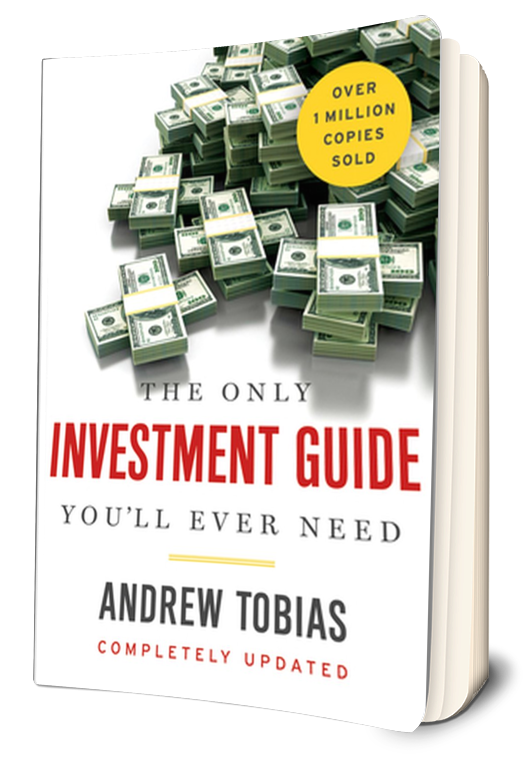
The thorough and helpful resource “The only investment guide you’ll ever need” by Andrew Tobias offers readers helpful insights and guidance on personal finance and investing. Tobias, a well-known financial writer, discusses a variety of financial themes, such as setting up a budget, saving money, investing in stocks and bonds, buying real estate, planning for retirement, and more. Because of the book’s conversational and easy writing style, readers from all backgrounds can readily understand difficult financial ideas. Tobias stresses the value of diversity, a long-term outlook, and avoiding irrational costs and fees. For anyone wishing to gain control over their finances and make wise investment choices, “The Only Investment Guide You’ll Ever Need” is a great place to start.
34. “The Millionaire Next Door” by Thomas J. Stanley and William D. Danko
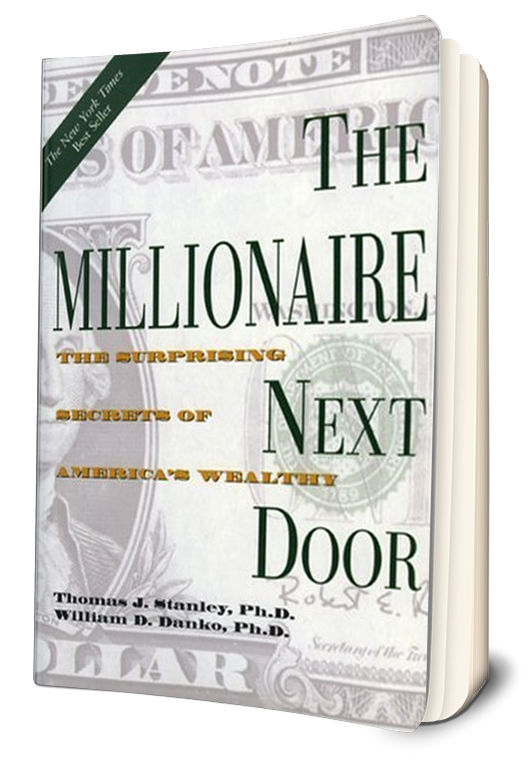
The thought-provoking book “The Millionaire Next Door” by Thomas J. Stanley and William D. Danko examines the true nature of money and the behaviours of self-made millionaires. The writers dispel myths about millionaires and offer unexpected insights through in-depth research and interviews. Contrary to what many people think, they discover that many billionaires lead modest lives, place a high value on financial discipline, and amass their fortune by frugality, labour, and wise financial judgements. The book provides insightful advice on how to accumulate money, such as the significance of living within one’s means, saving and investing sensibly, and refraining from showy expenditure. “The Millionaire Next Door” gives readers a new perspective on money and offers doable methods for obtaining long-term success and financial freedom.
35. “The Bogleheads’ Guide to Investing” by Taylor Larimore, Mel Lindauer, and Michael LeBoeuf
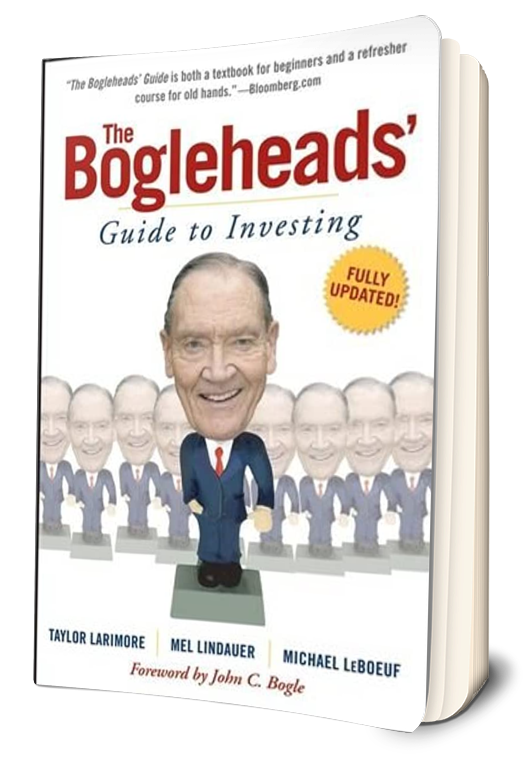
The key guide for investors looking for a clear and tested method of successful investment is “The Bogleheads’ Guide to Investing” by Taylor Larimore, Mel Lindauer, and Michael LeBoeuf. The authors offer helpful advice on creating a low-cost, diversified investment portfolio by drawing on the ideas of Vanguard founder John C. Bogle. Asset allocation, index investing, retirement planning, and tax-efficient strategies are just a few of the many subjects covered in the book. It emphasizes how crucial patience, simplicity, and a long-term outlook are for accomplishing financial objectives. “The Bogle heads’ Guide to Investing” equips readers to make wise investment decisions and successfully negotiate the complexity of the financial markets with its approachable language and real-world examples.
36. “Market Wizards” by Jack D. Schwager
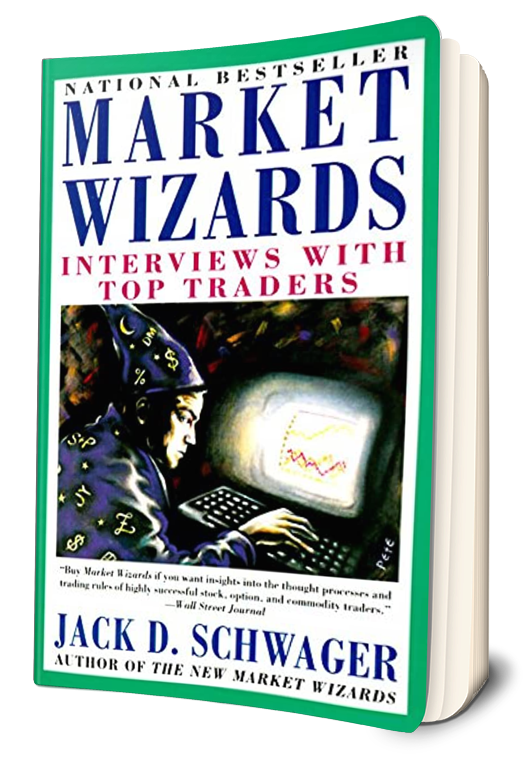
A fascinating compilation of interviews with some of the most successful traders and investors of our time may be found in “Market Wizards” by Jack D. Schwager. Schwager explores the techniques, ideologies, and market-navigation insights of these market wizards as he goes inside their heads. The book provides readers with invaluable lessons on trading psychology, risk management, and market analysis by combining wisdom, experience, and a variety of viewpoints. Schwager illustrates the significance of discipline, adaptation, and continuous learning in achieving success in the ever-changing world of investment through the stories and anecdotes offered by the traders he interviewed. Anyone who wants to learn more about the thinking and tactics of elite traders and be inspired by their incredible success should read “Market Wizards.”
37. “The Investors Manifesto” by William J. Bernstein
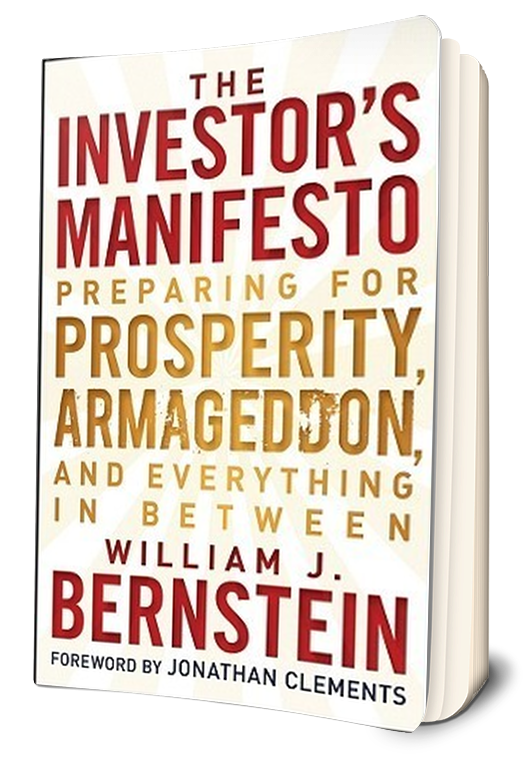
William J. Bernstein’s “The Investor’s Manifesto” is a succinct and effective manual that lays out a clear path to successful long-term investing. Respected financial theorist Bernstein offers readers a simple method for setting up and managing a portfolio for financial independence. The significance of following a logical and disciplined investment plan is emphasised throughout the book, along with the need to steer clear of frequent mistakes like market timing and trend-chasing. Bernstein examines important ideas such diversification, asset allocation, and the effect of costs on investment returns. “The Investor’s Manifesto” focuses on evidence-based investing and gives readers the information and resources they need to make wise investment choices and reach their financial objectives.
38. “The Little Book of Safe Money” by Jason Zweig
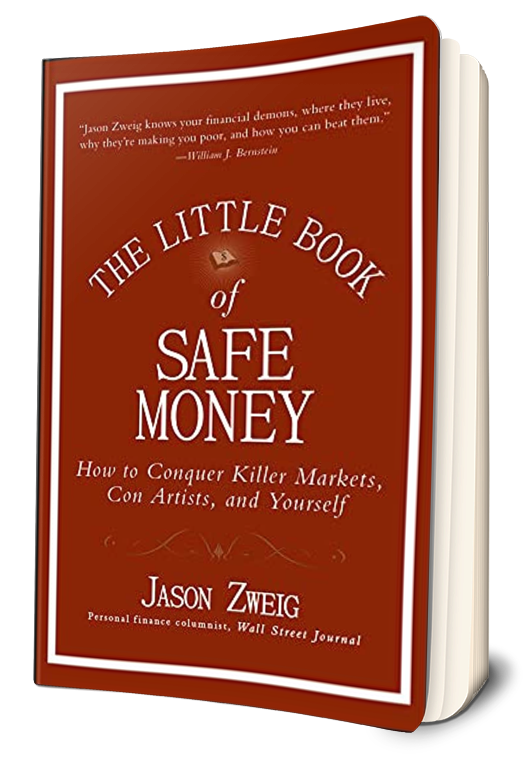
Jason Zweig’s “The Little Book of Safe Money” is a priceless tool that gives readers crucial knowledge on how to safeguard and increase their wealth in unstable times. Zweig, a well-known financial journalist, provides useful guidelines and tactics for handling the volatile financial markets. The necessity of risk management, diversification, and avoiding typical investment blunders are all emphasised throughout the book. Zweig offers insightful guidance on developing a risk-averse investment strategy, seeing possible hazards, and making decisions based on a solid comprehension of market dynamics. “The Little Book of Safe Money” acts as a manual to aid investors in protecting their cash, properly managing risk, and achieving long-term financial security.
39. “The Little Book of Stock Market Cycles” by Jeffrey A. Hirsch
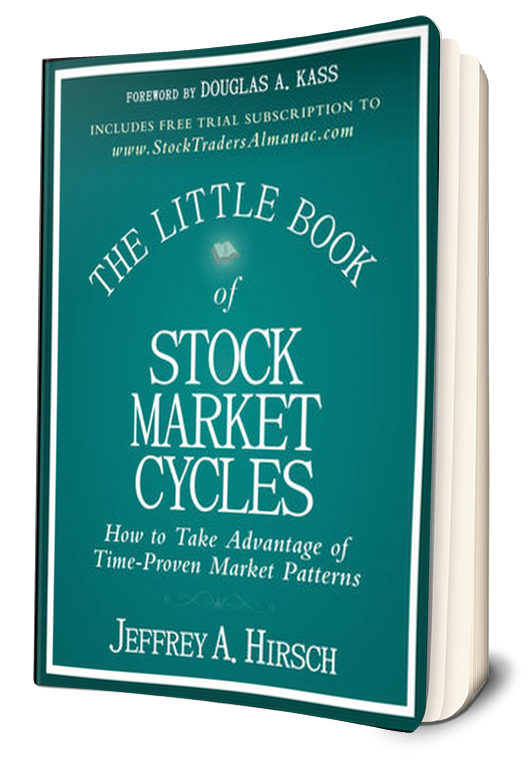
Jeffrey A. Hirsch’s “The Little Book of Stock Market Cycles” is a thorough manual that examines the trends and cycles in the stock market. Hirsch, a well-known market analyst, offers his thoughts on how to recognise market cycles and use them to your advantage when making financial decisions. Seasonal patterns, economic cycles, and long-term market trends are only a few of the different market cycles that are covered in the book. Hirsch offers advice on when to purchase, sell, or hold stocks based on the current market conditions and gives readers practical techniques to profit from these cycles. For investors wishing to better understand market dynamics and use this information to increase their investment returns, “The Little Book of Stock Market Cycles” is an invaluable reference.
40. “The Little Book of Trading” by Michael W. Covel

Michael W. Covel’s “The Little Book of Trading” is a succinct yet effective manual that introduces readers to the world of trading and offers insightful information on effective trading tactics. It is the perfect resource for new and aspiring traders since Covel, an expert trader and best-selling book, simplifies difficult trading concepts into understandable language. Important subjects including trend following, risk management, and the psychology of trading are covered in the book. In order to succeed in trading, Covel emphasises the value of discipline, patience, and adaptability. The readers of “The Little Book of Trading” are given the skills and perspective they need to successfully navigate the volatile financial markets through the use of real-world examples and helpful advice. Whether you want to learn how to trade or want to hone your skills.
41. “The Little Book of Behavioral Investing” by James Montier
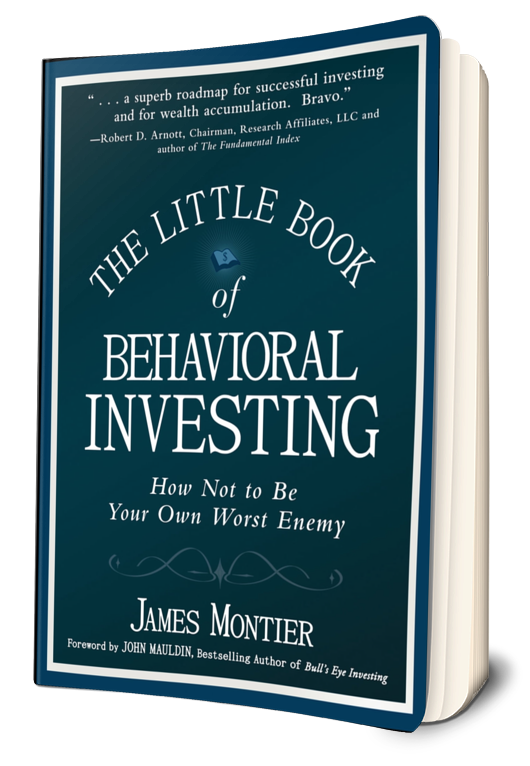
James Montier’s book “The Little Book of Behavioral Investing” is an insightful examination of how cognitive biases and human behavior affect financial decisions. The famous behavioral finance expert Montier explores the psychological aspects that frequently cause investors to make poor decisions and offers helpful advice on how to steer clear of typical mistakes. The impact of different behavioral biases on investment performance, including overconfidence, loss aversion, and herd mentality, is examined in this book. In order to overcome these prejudices and make more logical financial decisions, Montier provides readers with a toolkit of ideas and techniques. “The Little Book of Behavioral Investing” provides investors with the information and awareness required to successfully negotiate the complexity of the financial markets and enhance their investment performance.
42. “Learn to earn” by Peter Lynch

Peter Lynch’s book “Learn to Earn” offers a smart and approachable introduction to the world of investing. Legendary investor and former Magellan Fund manager Lynch simplifies difficult financial concepts into lessons that are simple to understand. Essential subjects including financial statements, industry analysis, and the variables influencing stock prices are all covered in the book. Lynch places a premium on doing extensive research, picking businesses with solid fundamentals, and adopting a long-term outlook. “Learn to Earn” gives readers practical knowledge and a strong basis for making informed investing decisions through real-life examples and relevant tales. Whether you’re a beginner investor or someone who wants to increase their understanding of investing.
43. “The Little Book of Bull’s Eye Investing” by John Mauldin
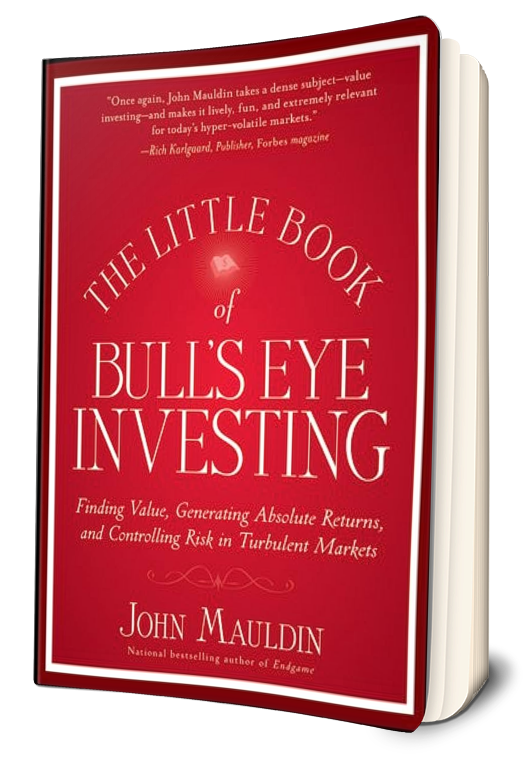
John Mauldin’s “The Little Book of Bull’s Eye Investing” is a succinct and incisive manual that presents readers with a novel viewpoint on investing. Mauldin, a well-known financial expert, explains how he finds investing possibilities and formulates wise choices in a market that is always shifting. The book places a strong emphasis on the value of comprehending the macroeconomic environment, evaluating market trends, and paying attention to long-term wealth development. Mauldin offers helpful guidance on risk management, portfolio diversification, and the function of alternative investments. With its clear and approachable writing style, “The Little Book of Bull’s Eye Investing” gives readers the skills and knowledge they need to successfully negotiate the complexity of the financial world and possibly improve their investment results.
44. “The Little Book of Alternative Investments” by Ben Stein and Phil DeMuth
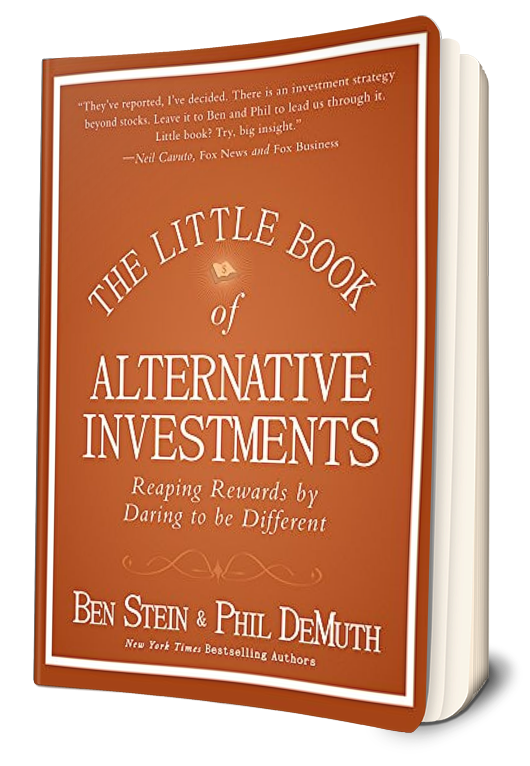
The realm of alternative investments is explored in depth and with great insight in “The Little Book of Alternative Investments” by Ben Stein and Phil DeMuth. Beyond the usual stocks and bonds, Stein and DeMuth introduce readers to alternative investing possibilities such as real estate, commodities, hedge funds, and private equity. The advantages, hazards, and possible returns of each category of alternative investments are discussed in the book. The authors provide helpful guidance on how to include alternative investments in a well-diversified portfolio and stress the value of conducting extensive due research and comprehending the distinctive features of each investment type. “The Little Book of Alternative Investments” is a helpful tool for investors looking to broaden their investment horizons thanks to its simple explanations and practical insights.
45. “The Little Book of Main Street Money” by Jonathan Clements

Jonathan Clements’ book “The Little Book of Main Street Money” is a helpful and approachable resource for investment and personal finance. The well-known financial writer Clements condenses his years of experience into digestible lessons that give readers the confidence to take charge of their finances. The book covers a wide range of subjects, including saving money, investing, planning for retirement, and more. To assist readers in making wise financial decisions and achieving their long-term financial objectives, Clements offers plain counsel and practical solutions. “The Little Book of Main Street Money” is a helpful tool for people wishing to increase their financial literacy and lay a strong foundation for financial success because to its realistic examples and practical approach.
46. “The Little Book of Hedge Funds” by Anthony Scaramucci
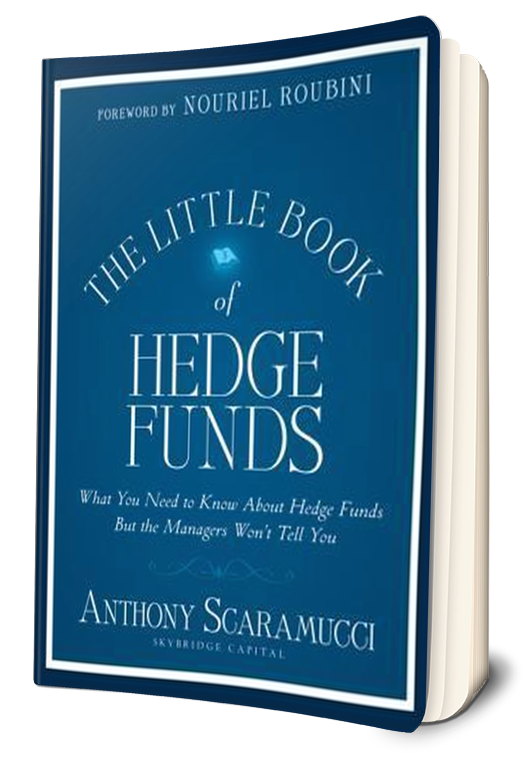
Anthony Scaramucci’s “The Little Book of Hedge Funds” is a brief yet smart manual that demystifies the world of hedge funds. A seasoned hedge fund manager and financial authority, Scaramucci gives readers a thorough explanation of hedge funds, their operating principles, and their place in the economic universe. The history of hedge funds, numerous types of methods used, risk management tactics, and potential advantages and disadvantages of investing in them are only a few of the topics covered in the book. On how to assess hedge funds, comprehend their performance indicators, and include them in a diversified portfolio, Scaramucci provides helpful suggestions. “The Little Book of Hedge Funds” is an invaluable tool for investors looking to comprehend and explore the world of alternative investments because to its simple language and clear explanations.
47. “The Little Book of Market Myths” by Kenneth L. Fisher
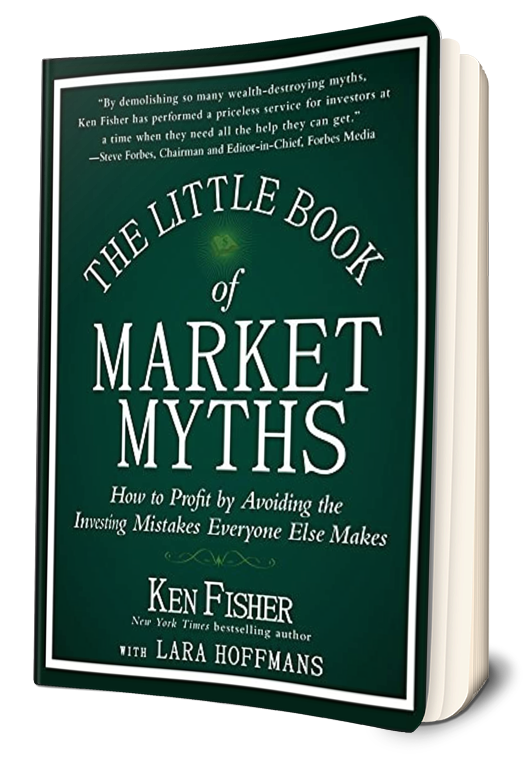
Kenneth L. Fisher’s “The Little Book of Market Myths” is a thought-provoking and informative examination of typical myths and misconceptions that surround the world of investing. Fisher, a well-known investment advisor and author, questions received wisdom and presents a novel viewpoint on a variety of investing-related topics. The book dispels a variety of fallacies, including those regarding market timing, market efficiency, the influence of economic indicators, and “buy and hold” trading methods. Fisher dispels these beliefs with persuasive arguments supported by facts and research and gives alternate perspectives for investors to think about. “The Little Book of Market Myths” challenges readers to reevaluate accepted wisdom and gain a more nuanced view of the markets through its entertaining approach and educational material.
48. “The Little Book of Big Profits from Small Stocks” by Hilary Kramer
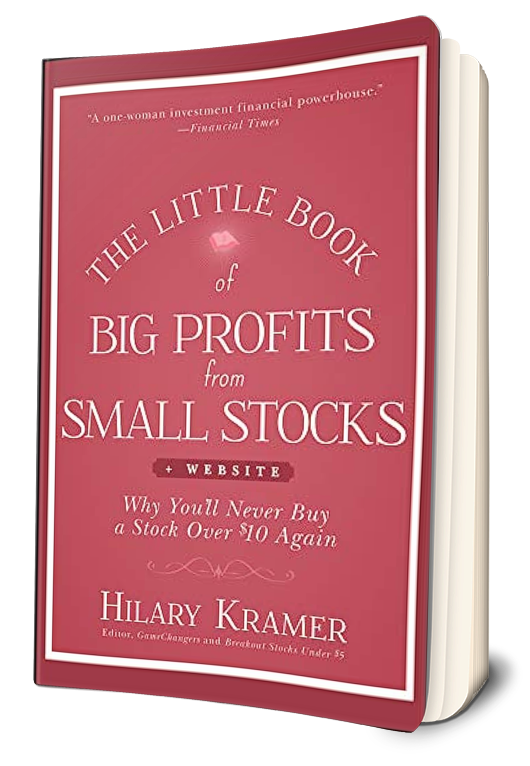
Hilary Kramer’s book “The Little Book of Big Profits from Small Stocks” offers a thorough and incisive look at the prospects of investing in small-cap stocks. In order to help readers find attractive small-cap stocks and maybe generate sizeable profits, Kramer, an experienced investor and financial expert, provides her ideas and skills. The book discusses a variety of topics related to small-cap investing, such as research methods, stock selection standards, risk control, and portfolio allocation. In-depth due diligence, an awareness of market dynamics, and spotting development potential in lesser-known businesses are all stressed by Kramer. “The Little Book of Big Profits from Small Stocks” gives readers the skills and knowledge to traverse the small-cap market and maybe find undiscovered investment gems with its useable guidance and real-world examples.
49. The Intelligent Asset Allocator
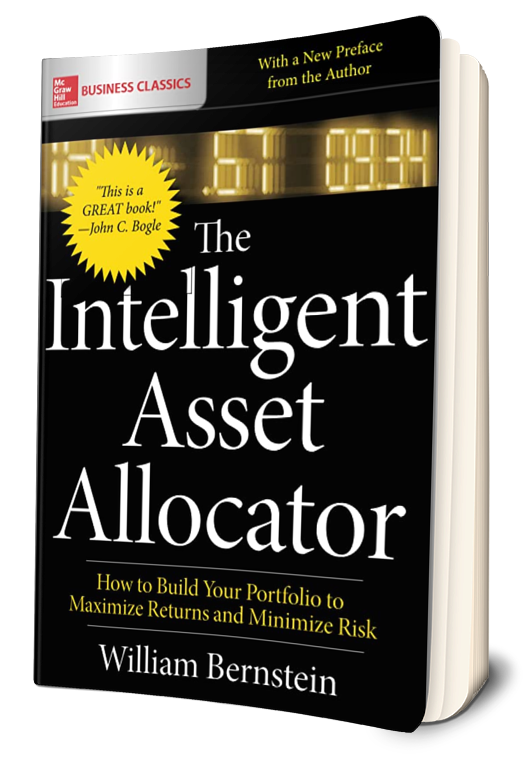
William J. Bernstein’s book “The Intelligent Asset Allocator” addresses the significance of asset allocation in creating a successful investment portfolio in great detail. Readers gain a thorough grasp of how to properly diversify investments across several asset classes from respected financial author and asset allocation specialist Bernstein.
The book discusses important ideas including risk and return, portfolio construction, and how asset allocation affects the profitability of long-term investments. Bernstein emphasises the advantages of an organised, methodical approach to asset allocation, supported by meticulous research and historical data.
“The Intelligent Asset Allocator” provides readers with the information and resources they need to make knowledgeable judgements about their investment allocations through its simple explanations and useful guidance.
50. Back to School: Question & Answer Session with Business Students
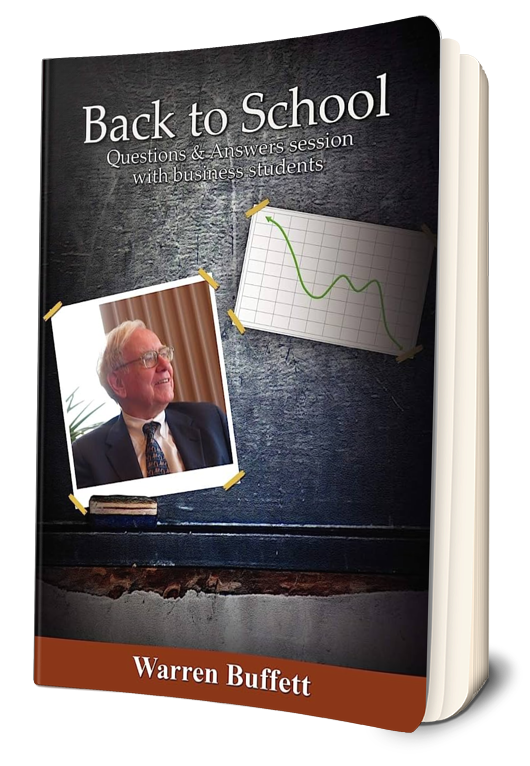
A fun and educational event called “Back to School: Question & Answer Session with Business Students” brings together business students and professionals from the business world for a dialogue. Students have the chance to raise pertinent questions during the session about a range of business-related subjects, such as entrepreneurship, leadership, finance, marketing, and career development. Professionals with experience contribute their knowledge, stories, and helpful tips, providing insightful viewpoints on navigating the corporate world. This question-and-answer session develops networking possibilities for students and creates a dynamic learning atmosphere through discussions of industry trends and the sharing of personal tales. This event promises to be a rewarding experience for all participants, whether you’re a business student searching for mentorship or an industry expert eager to connect with the future generation of talent.
